From its first European contact in 1536 to its official independence in 1966, the island nation of Barbados has been shaped and transformed by the forces of colonialism.
In this blog post, we’ll explore the history and culture of this Caribbean gem, digging deep into its Bajan roots and uncovering the lasting effects of colonial rule.
So grab your beach chair, relax, and let’s dive into colonial Barbados and the impact of colonialism on Bajan culture.
The Early Days: European Colonization and the Sugar Revolution
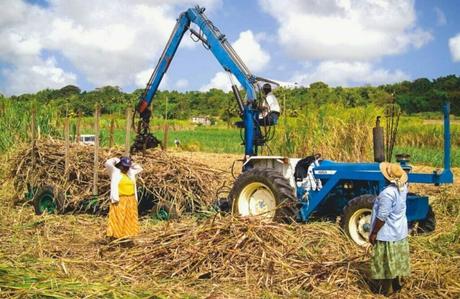
Rewinding to the 16th century, the era of the first European explorers to the island, can help us comprehend the effects of colonialism on Bajan culture. Initially claimed by the Spanish, Barbados was later colonized by the English in 1625, who quickly established a thriving sugar industry.
The Sugar Revolution forever changed the Bajan landscape, with vast plantations dominating the island and an influx of African slaves brought to work on them. Deep-seated racial and class tensions resulted from the tight social hierarchy that was created, with European plantation owners at the top and enslaved Africans at the bottom.
The Inescapable Legacy of Slavery

Slavery’s tragic past has left a permanent imprint on Bajan history and culture. Despite slavery’s eventual abolition in 1834, this sad chapter’s effects are still felt today.
African Influences on Bajan Culture
While the experience of slavery was undeniably horrific, it also played a pivotal role in shaping Bajan culture. Africans who were sold into slavery brought their traditions, languages, and rituals with them, and these over time ingrained themselves deeply into Barbadian culture. Here are some examples of how African culture has influenced modern Bajan life:
Language: Because of the island’s colonial background and African origin, the Bajan dialect, also referred to as Bajan Creole, is a distinctive fusion of British English and West African languages.
Cuisine: Bajan cuisine is a delicious fusion of African, British, and Indigenous ingredients, with dishes like cou-cou, flying fish, and pudding and souse showcasing the diverse culinary influences.
Music and Dance: African rhythms and dance styles have left an indelible mark on Bajan music, with genres like Tuk Band, calypso, and spouge drawing inspiration from their West African roots.
The Long Road to Equality
Since slavery was abolished in Barbados in 1834, the country has been on a long road toward equality. In the years following emancipation, formerly enslaved individuals faced numerous challenges, including limited access to land, economic dependence, and social stratification. The majority of land was owned by European planters, leaving former slaves with few opportunities to acquire land and establish independent livelihoods.
As a result, a large number of former slaves remained to work on the plantations for pay, supporting the European elite’s economic hegemony. Furthermore, the rigid class and racial hierarchies established during slavery persisted long after its abolition, with the predominantly white upper class maintaining control over politics, wealth, and land.
The Road to Independence: Nationalism, Education, and Cultural Awakening
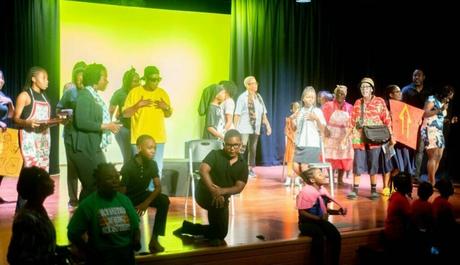
The 20th century saw the emergence of a growing Bajan nationalism, fueled by a desire for greater political autonomy, social justice, and cultural pride. This newfound sense of identity was driven by several key factors:
Expansion of education: Greater access to education, particularly for black Barbadians, helped to foster a sense of unity and pride in Bajan culture and history.
Political activism: The rise of labor unions and political parties championing workers’ rights and social justice laid the groundwork for the eventual push for independence.
Cultural renaissance: A renewed interest in preserving and celebrating Bajan culture and heritage, including the revival of traditional music, dance, and art forms, contributed to a growing sense of national identity.
Independence and Beyond: A New Chapter for Bajan Culture
Barbados gained independence from Britain on November 30, 1966, a pivotal moment in Bajan history that led to significant changes. Political changes put in place by the country’s first prime minister, Errol Barrow, with the goal of reducing social and economic inequality, made the post-independence era notable for political advancement. These progressive changes included free education and healthcare, which contributed to the country’s development.
Moreover, independence sparked a renewed sense of cultural pride and preservation. The Bajan community worked to showcase their unique traditions and history, with events such as Crop Over and the Holetown Festival celebrating the island’s rich culture. This cultural renaissance contributed to the island’s unique identity and helped to establish Barbados as a distinct cultural destination.
Finally, independence also allowed Barbados to become an influential voice on the global stage. The country has become a champion for various issues, including climate change, tourism, and regional integration. This international recognition has given Barbados a significant platform to advocate for important causes, contributing to the country’s continued growth and success.
The Lasting Impact of Colonialism on Bajan Culture Today

Even though Barbados has made great strides since its colonial era, the effects of colonialism may still be seen in a number of facets of Bajan culture and society:
Race and class relations: Despite advancements in social equality, Barbados still struggles with entrenched racial and class disparities that date back to its colonial past.
Land ownership and distribution: The concentration of land in the hands of a few has contributed to ongoing tensions around land ownership and access, particularly for marginalized and disadvantaged communities.
Cultural identity: The blending of African and European influences has produced a unique and vibrant Bajan culture, but it also raises questions about the island’s cultural identity and the challenges of reconciling its diverse heritage.
Healing the Past: Addressing Historical Injustices
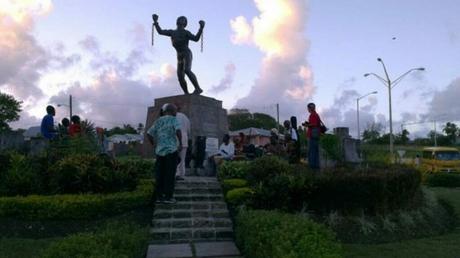
A increasing understanding of the need to confront the historical injustices of colonialism and slavery in Barbados has emerged in recent years. Several initiatives have been launched to promote national healing and reparations, including:
- The creation of a National Reparations Task Force, which aims to redress the effects of colonialism and slavery through initiatives for education, cultural expression, and reparations.
- The construction of monuments and memorials, like the Emancipation Statue, which commemorates the fight for independence and stands for resiliency and hope.
- Efforts run by the community with the goal of fostering communication, reconciliation, and understanding across the island’s various racial and ethnic groupings.
The Role of Religion: Christianity’s Impact on Bajan Society
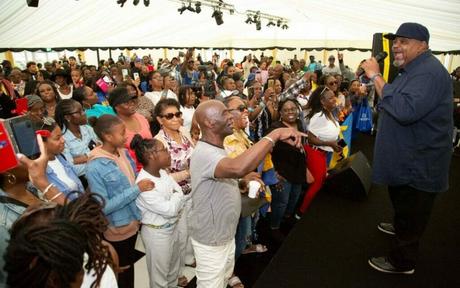
During the colonial era, Christianity had a big impact on shaping Bajan society and morals, and those effects are still evident today. Introduced by the European colonizers, Christianity was initially used as a tool to control and pacify the enslaved population. The church promoted the idea of obedience to masters and the acceptance of one’s social position, thereby reinforcing the existing social hierarchy.
But as time passed, Christianity also proved to be a source of comfort and hope for the slave people, who found solace in the Bible’s teachings and the promise of salvation. Along with this, the church was instrumental in the final abolition of slavery, with several Christian groups actively supporting the cause.
With a sizable portion of the population identifying as Christians, Christianity is still the foundation of Bajan society today. Churches of various denominations dot the island, and religious practices and values have helped shape the moral framework of Barbadian culture.
Bajan Voices: Challenging the Colonial Legacy through Art and Expression
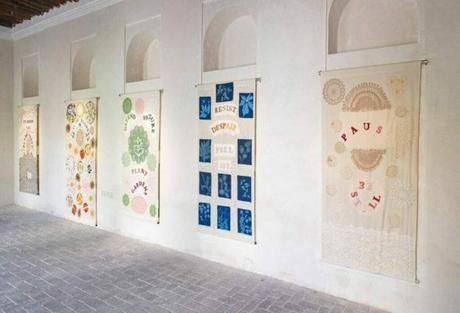
Contemporary Bajan artists, writers, and cultural figures are playing an essential role in addressing and challenging the colonial legacy in their work. These imaginative people are assisting in redefining what it means to be a Bajan in the twenty-first century by examining topics of identity, history, and power. Some notable figures include:
- George Lamming: A renowned Bajan writer whose novels, such as “In the Castle of My Skin,” grapple with issues of identity, colonialism, and race.
- Alison Sealy-Smith: A celebrated actress and director who uses her platform to promote Bajan culture and challenge traditional narratives.
- Annalee Davis: A visual artist whose work addresses themes of history, memory, and the legacies of colonialism in the Caribbean.
FAQ
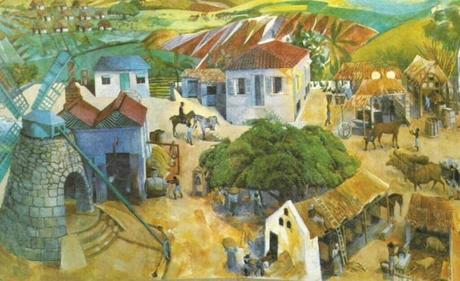
Where Are Bajans Originally From?
Bajans are descended from slaves who were sent to Barbados by the British in the 17th century from West and Central Africa.
What Is The History Of Barbados?
Before the British invaded Barbados in the early 17th century, the island was first inhabited by the Arawak and Carib natives. With the introduction of slaves from Africa to work on sugarcane fields, the island developed into a major hub of the Atlantic slave trade. Barbados gained independence from Britain in 1966 and has since become a leading Caribbean nation.
What Is The History Of The Bajan Language?
A variety of English that developed in Barbados during the colonial era is known as the Bajan language, commonly referred to as Barbadian Creole. Bajan is a significant component of the nation’s cultural character and is widely spoken on the island today.
Where Did The Bajan Accent Come From?
The Bajan accent is a distinct dialect of English that developed in Barbados during the colonial period. It has roots in both West African languages and British English. Over time, the accent has evolved and become a defining feature of Bajan culture.
What Are Bajans Known For?
The lively culture of the Bajan people, which includes music, dance, and cuisine, is well-known. The island is also renowned for its stunning beaches and warm, friendly people. Bajans continue to influence the Caribbean’s cultural environment and have made substantial contributions to sports, music, and literature.
What Ethnicity Are Bajan People?
Bajan people are predominantly of African descent, with many being descendants of West and Central African slaves brought to the island by the British. However, Barbados has a diversified population that includes people of mixed racial backgrounds, European, Asian, and Middle Eastern ancestry.
Wrapping Up the Colonial Barbados Era
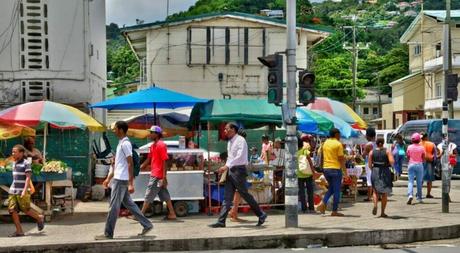
In conclusion, colonization had a wide-ranging and intricate impact on Bajan culture, which is evident in everything from the language and food to social interactions and governmental systems.
Understanding and facing this colonial legacy will be essential in determining Barbados’ future and safeguarding its rich and diverse cultural history as the island continues to develop and carve its own path.

